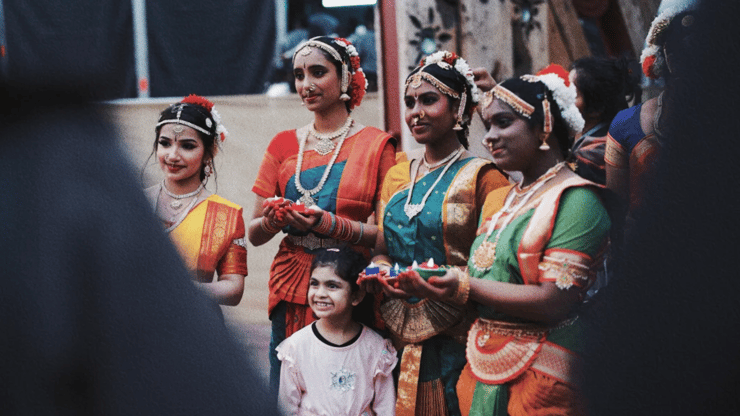Household Data Reflects Growing Ethnic Diversity

Latest data from Stats NZ reveals that 17.2 percent of New Zealand households had at least one person belonging to the Asian ethnic group in 2023.
Data from 2018 shows such households making up 15.1 percent of total households in the country, according to Stats NZ.
There was also an increase in the proportions of households with at least one person of Māori or Pasifika ethnicity, Stats NZ said.
In contrast, the proportion of households with at least one person belonging to the European ethnic group fell between 2018 and 2023, Stats NZ said.
This reflected New Zealand's increasingly diverse population, Stats NZ said.
"Being able to analyse family and household data through an ethnicity lens provides a richer understanding of the families and households New Zealanders live in," said Rosemary Goodyear, principal analyst at Stats NZ.
Asian households
As per the data collected in 2023, households with at least one Asian person - classified as "Asian households" - were most likely to be three- or four-person households, with the average household size being 3.3 people.
The lowest average household size in the country is 2.6 people - European households (with at least one European person), Stats NZ said.
Asian households were more likely than those of other ethnic groups to be one-family, or "couple with children" households, the data showed.
Additionally, Asian families were more likely than families of other ethnic groups to have one or two dependent children, with the average number of dependent children for Asian families being 1.3.
By comparison, European families have an average of 1.4 dependent children, Māori families 1.5 and Pasifika families 1.6.
Pacific households were more likely to be multiple-family, and European households were less likely to contain families and substantially more likely to be a person living alone.
European households were substantially more likely to be couple-only households, and Māori and Pacific households were more likely to be sole-parent households, Stats NZ said.
Ethnic Asian population
Turning from households to individuals, Stats NZ data showed that 973,700 of New Zealand's 5.31 million residents identified as having an Asian ethnicity as of 30 June 2023.
The number of individuals who identified as Asian rose 4.8 percent per year between June 2018 and June 2023, the data showed.
The number of individuals who identified with an Asian ethnicity was now second behind the country's ethnic European population, which stood at 3,493,800 as of June 2023.
New Zealand's ethnic Māori population in June 2023 was 911,200, while its ethnic Pacific population was 464,200, the data showed.
The Middle Eastern, Latin American and African (MELAA) ethnic population grew by 6.1 percent per year between 2018 and 2023 to hit 103,700.
Stats NZ clarified that people could belong to more than one ethnic group, and those who belonged to more than one ethnicity were included in each ethnic group they identified with.
Moreover, Stats NZ differentiated between Māori descent and Māori ethnicity.
"The two concepts are closely related but not the same," Stats NZ said. "Māori descent is based on whakapapa, while Māori ethnicity is a self-determined cultural affiliation."
As such, according to Stats NZ, there were 1,036,000 people of Māori descent living in New Zealand as of 30 June 2023.
"Latest estimates show that 1 in 5 people in Aotearoa New Zealand are of Māori descent," said Victoria Treliving, a spokesperson at Stats NZ.





